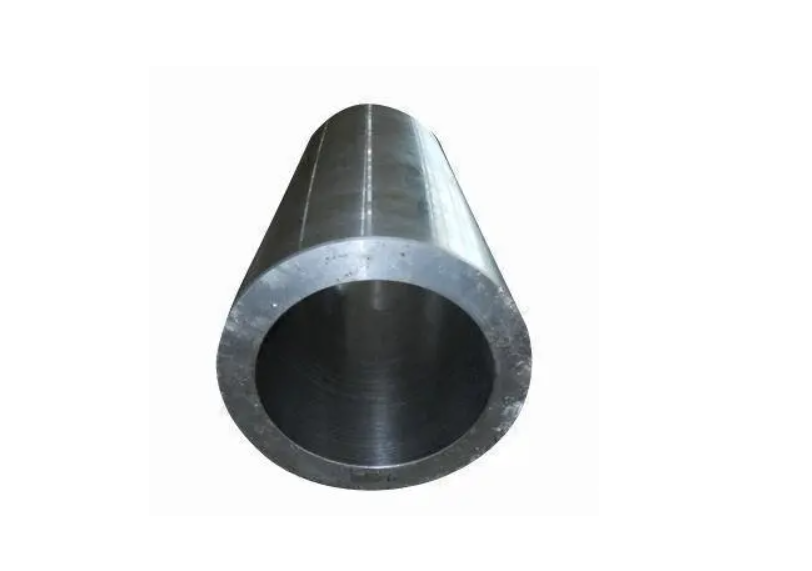For shafts, rolling and forging are two common manufacturing methods. These two kinds of rolls differences in production process, material characteristics, mechanical properties, and scope of application. 
1. Production process:
Rolled shaft: The rolling shaft is formed by continuously pressing and plastic deformation of the billet through a series of rollers. For rolled shaft, the main processes mainly be like this: billet preheating, rough rolling, intermediate rolling, and finishing rolling. Forged shaft: Forged shaft is formed by heating the billet to a high-temperature state and undergoing plastic deformation under impact or continuous pressure. Production processes of forged shafts are very similar, such as heating, cooling, forging and shaping, and trimming of the billet.
2. Material characteristics:
Rolling shaft: Rolling shaft is usually made of steel, commonly including carbon structural steel, alloy steel, etc. The material used for rolling the shaft has a certain grain refinement effect, but due to the influence of frictional heat and stress during the continuous pressing process, the hardness and fatigue resistance of the material may decrease.
Forged shaft: Forged shafts are usually made of higher strength alloy steel, and their mechanical properties can be optimized by selecting different material compositions and heat treatment processes. The forged shaft has a more uniform organizational structure, higher strength, hardness, and toughness.
3. Mechanical properties:
Rolling shaft: Due to the mild deformation during the rolling process, the mechanical properties of the rolling shaft are relatively low. They typically have lower tensile strength and toughness, making them suitable for some low demand application scenarios.
Forged shaft: Forged shaft has higher tensile strength, toughness, and fatigue life due to experiencing greater deformation force and harsher processing environment. They are suitable for applications that withstand high loads and harsh working conditions.
4. Scope of application:
Rolling shaft: Rolling shaft is widely used in some small and medium-sized mechanical equipment, such as automotive parts, household appliances, etc. These application scenarios have relatively low requirements for axes and relatively low costs.
Forged shaft: Forged shaft is mainly used in heavy machinery equipment, energy equipment, aerospace and other fields. These application scenarios have high requirements for the strength, reliability, and fatigue resistance of the shaft, so it is necessary to use forged shafts to meet the requirements.
In summary, there are certain differences between rolled and forged shafts in terms of production process, material characteristics, mechanical properties, and applicability. Based on specific application requirements and cost considerations, reasonable selection can be made by taking into account these differences when selecting shaft materials.
Post time: Sep-22-2023




